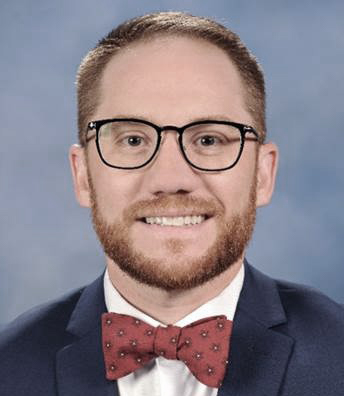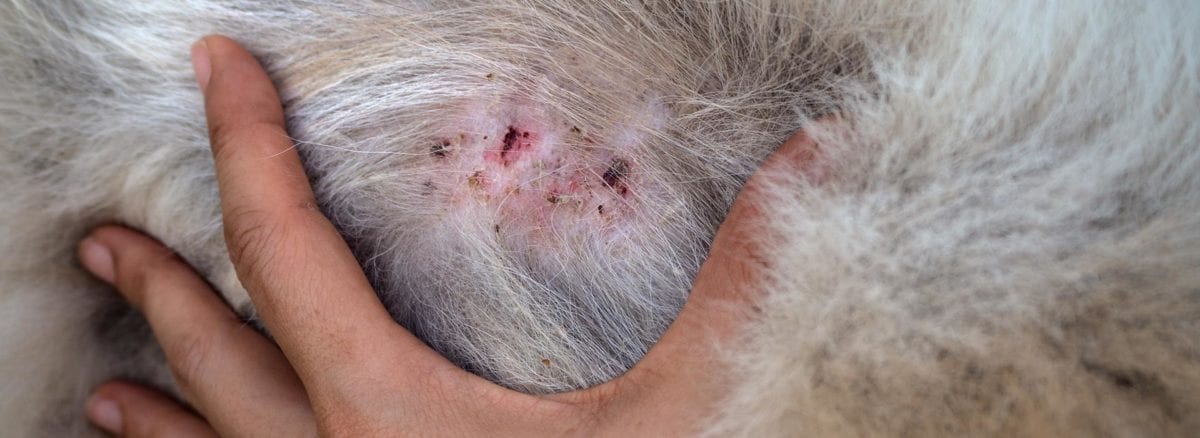Ryan Jennings, DVM, PhD
A diagnostic surgical biopsy service is one of the core diagnostic services that veterinary general practitioners utilize. The bulk of case submissions are so-called “lumps and bumps” – skin masses that are removed and submitted for diagnosis and surgical margin evaluation. In many cases, these are straight-forward diagnoses that any diagnostic pathologist is more than qualified to diagnose.
Many veterinary pathologists, similar to their human counterparts, have become more specialized in specific tissues or organ systems, developing an advanced knowledge of the pathogenesis of disease and diagnosis of diseases associated with these tissues and organ systems. These specialized pathologists provide a unique and valuable resource to practitioners, particularly when difficult cases arise.
Dermatopathologists are pathologists that have a specific interest and dedication to the study of and/or diagnosis of skin diseases. Although most dermatologic diseases do not require skin biopsy, by the time clinicians have decided to take skin biopsies, the patient has typically undergone (and has not responded well to) therapeutics, may have a unique clinical presentation, or has an acute and severe clinical presentation. Accurate diagnosis is necessary and often based on the extensive knowledge and experience of someone specialized in dermatopathology.
Veterinary dermatopathologists have the benefit of seeing a high volume of skin biopsies and develop broad experience in the clinical presentations and the microscopic patterns of skin diseases. Much like in clinical practice, a complex disease process may be difficult to diagnose/treat the first time, but by the tenth, twentieth, or fiftieth time, diagnosis and management is much more straight-forward, and there is more context to your clinical approach with this experience. The same can be said for dermatopathology. Definitive diagnosis of dermatologic diseases is frequently based on both patient clinical information as well as the biopsy findings. Most dermatopathologists are well-versed in the clinical dermatology arena and are able to assimilate clinical information with the histopathology, providing more insight for the clinician.
Dermatopathologists also frequently prioritize and seek out strong communication with practitioners, and practitioners often gladly reciprocate! As many of these cases are difficult cases to manage/diagnose, this communication and collaboration is at the core of reaching a diagnosis. Communication is not just emails and phone calls – for dermatopathologists, good communication from practitioners includes understanding the clinical presentation, previous treatment history (and response), lesion description, presence/absence of pruritus, etc. Therefore, a complete history is absolutely critical. Similarly, dermatopathologists communicate by providing comprehensive patient-specific comments on reports, including additional diagnostic and/or therapeutic recommendations.
Just as practitioners expect accurate and precise analysis from their in-house hematology analyzers, they should similarly seek out the most accurate and precise diagnostic services for their dermatology cases. Enlisting the services of a dermatopathology service will help ensure the most accurate and informed diagnoses of your most difficult dermatology cases. So the next time you pull out the punch biopsy, strongly consider submitting to a dermatopathologist – they may just give you the answers you were looking for!
VIN.com has created a helpful resource in finding veterinary dermatopathology services. Simply visit:

About the Author
Ryan Jennings, DVM, PhD, is a board-certified veterinary anatomic pathologist and Assistant Professor at The Ohio State University College of Veterinary Medicine. Dr. Jennings’s diagnostic work focuses on dermatopathology, and he directs the OSU CVM Dermatopathology Service. Dr. Jennings also has a significant interest in health and wellbeing as well as teaching innovation. In 2019, Ryan was selected as a faculty teaching mentor in the Ohio State University Michael V. Drake University Institute of Teaching and Learning.
